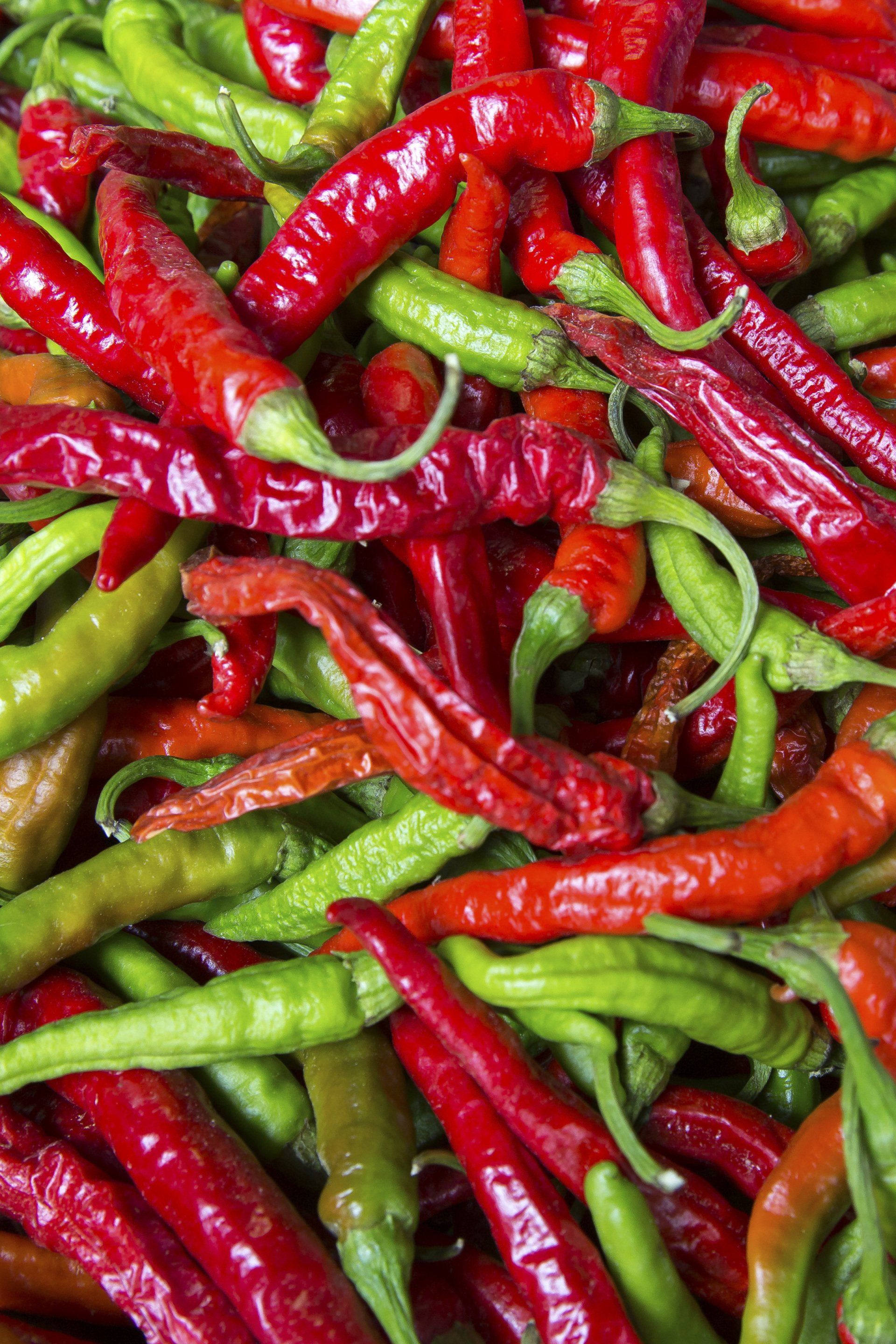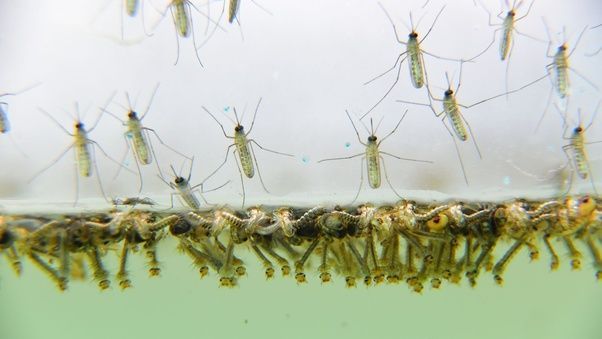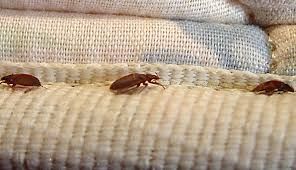Get in touch

The following article “Study: Antibacterial Spices Explain Why Some Like it Hot” is by Roger Segelken
Fans of hot, spicy cuisine can thank nasty bacteria and other food-borne pathogens for the recipes that come — not so coincidentally — from countries with hot climates. Humans’ use of antimicrobial spices developed in parallel with food-spoilage microorganisms, Cornell biologists have demonstrated in an international survey of spice used in cooking.
The same chemical compounds that protect the spiciest spice plants from their natural enemies are at work today in foods from parts of the world where — before refrigeration — food-spoilage microbes were an even more serious threat to human health and survival than they are today, Jennifer Billing and Paul W. Sherman report in the March 1998 issue of the journal Quarterly Review of Biology.
“The proximate reason for spice use obviously is to enhance food palatability,” said Sherman, an evolutionary biologist, and professor of neurobiology and behavior at Cornell.”But why do spices taste good? Traits that are beneficial are transmitted both culturally and genetically, and that includes taste receptors in our mouths and our taste for certain flavors.
People who enjoyed food with antibacterial spices probably were healthier, especially in hot climates. They lived longer and left more offspring. And they taught their offspring and others: ‘This is how to cook a mastodon.’ We believe the ultimate reason for using spices is to kill food-borne bacteria and fungi.”
Sherman credits Billing, a Cornell undergraduate student of biology at the time of the research, with compiling many of the data required to make the microbe-spice connection: More than 4,570 recipes from 93 cookbooks representing traditional, meat-based cuisines of 36 countries; the temperature and precipitation levels of each country; the horticultural ranges of 43 spice plants; and the antibacterial properties of each spice.
Garlic, onion, allspice, and oregano, for example, were found to be the best all-around bacteria killers (they kill everything), followed by thyme, cinnamon, tarragon and cumin (any of which kill up to 80 percent of bacteria). Capsicums, including chilies and other hot peppers, are in the middle of the antimicrobial pack (killing or inhibiting up to 75 percent of bacteria), while pepper of the white or black variety inhibits 25 percent of bacteria, as do ginger, anise seed, celery seed and the juices of lemons and limes.
The Cornell researchers reported in the article, “Countries with hotter climates used spices more frequently than countries with cooler climates. Indeed, in hot countries, nearly every meat-based recipe calls for at least one spice, and most include many spices, especially the potent spices, whereas in cooler counties substantial fractions of dishes are prepared without spices, or with just a few.” As a result, the estimated fraction of food-spoilage bacteria inhibited by the spices in each recipe is greater in hot than in cold climates.
Accordingly, countries like Thailand, the Philippines, India, and Malaysia are at the top of the hot climate-hot food list, while Sweden, Finland and Norway are at the bottom. The United States and China are somewhere in the middle, although the Cornell researchers studied these two countries’ cuisines by region and found significant latitude-related correlations. Which helps explain why crawfish etoufée is spicier than New England clam chowder.
The biologists did consider several alternative explanations for spice use and discounted all but one. The problem with the “eat-to-sweat” hypothesis — that people in steamy places eat spicy food to cool down with perspiration — is that not all spices make people sweat, Sherman said, “and there are better ways to cool down — like moving into the shade.” The idea that people use spices to disguise the taste of spoiled food, he said, “ignores the health dangers of ingesting spoiled food.” And people probably aren’t eating spices for their nutritive value, the biologist said, because the same macronutrients are available in similar amounts in common vegetables, which are eaten in much greater quantities.
However the micronutrient hypothesis — that spices provide trace amounts of antioxidants or other chemicals to aid digestion — could be true and still not exclude the antimicrobial explanation, Sherman said. However, this hypothesis does not explain why people in hot climates need more micro-nutrients, he added. The antimicrobial hypothesis does explain this.
The study of Darwinian gastronomy is a bit of a stretch for an evolutionary biologist like Sherman, who normally focuses his research on the role of natural selection in animal social behavior and is best known for his studies of one of nature’s most social (and unusual-looking) creatures, the naked mole-rat (Heterocephalus glaber) of Africa. But eating is definitely one of the more social behaviors of Homo sapiens, he maintains, and it’s a good way to see the interaction between cultural evolution and biological function. “I believe that recipes are a record of the history of the coevolutionary race between us and our parasites. The microbes are competing with us for the same food,” Sherman said. “Everything we do with food — drying, cooking, smoking, salting or adding spices — is an attempt to keep from being poisoned by our microscopic competitors. They’re constantly mutating and evolving to stay ahead of us. One way we reduce food-borne illnesses is to add another spice to the recipe. Of course, that makes the food taste different, and the people who learn to like the new taste are healthier for it.”
For biology student Billing, the spice research for a senior honors thesis took her to an unfamiliar field, food science, and Cornell’s School of Hotel Administration, where the library contains one of the world’s largest collections of cookbooks. Now that the bacteria-spice connection is revealed, librarians everywhere may want to cross-index cookbooks under “food safety.” And spice racks may start appearing in pharmacies.
Wild Crafted Mediterranean Oil of Oregano is one of the best antibacterial spices available.


Your trusted source for premium oil extracted from Wild Oregano since 1993. Wild Mediterranean Oregano Oil takes pride in delivering high-quality products. Experience the natural benefits of Oregano drops with a Carvacrol content of 75-80%, shipped directly to your doorstep in the US and Canada.
Wild Mediterranean Oregano Oil
A Division of ENERGYWISE

